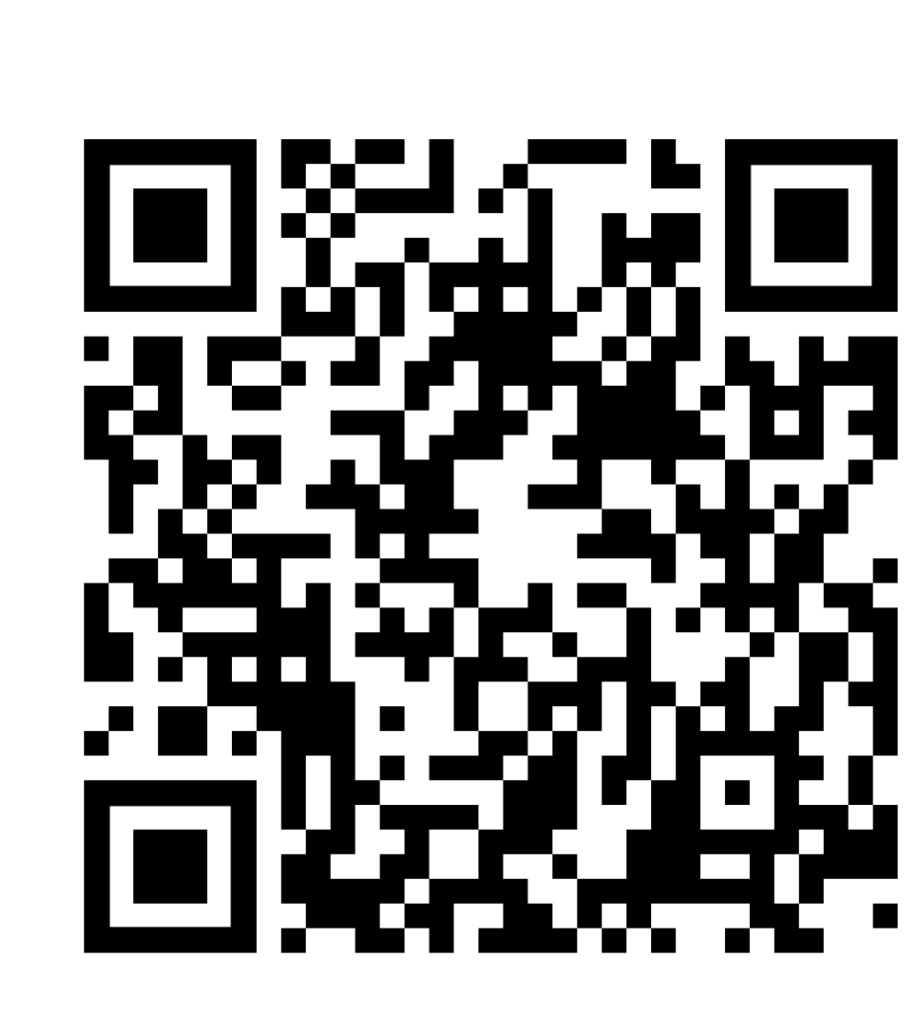
Problem resolution: to teach problem solving, talking about it and setting a good example is a good start, talk about how every action has good and bad consequences, do not associate consequence with being strictly negative, but also explain that everyone will not always have the best days so that they can show empathy.
Setting limits: to set limits you need to include the kids in this process about creating rules or guidelines that need to be followed, the more they get involved the more they will have to accept that because they are the ones who came up with them and agreed to them, you are there to remind but also to correct any confusion or situation not strictly covered by the rules.
Wait time: learning to be patient is never easy, but a good way to make children understand this is to make sure you have a turn-taking strategy, a very common one is to limit the number of children in each area of the center.
Emotional literacy and friendships: have the corner of the library with books on emotions and how to make friends and include them in circle time by having a child choose a book per day to understand the importance of emotions and build relationships with others.
Regulation: to self-regulate or regulate as a teacher, you must be attentive to all children and situations, know the habits and when to intervene and when the child needs to learn to solve the problem by himself.

Calm and relaxation: this can be as easy as setting up a special place in the room for the child to think or read or move around to allow the child to decompress their feelings and then be able to do so without having to go to a special place. Instead, being able to deal with emotions at the time of the incident.
Bibliography consulted 7/14/2022 from https://extension2.missouri.edu/gh6119




